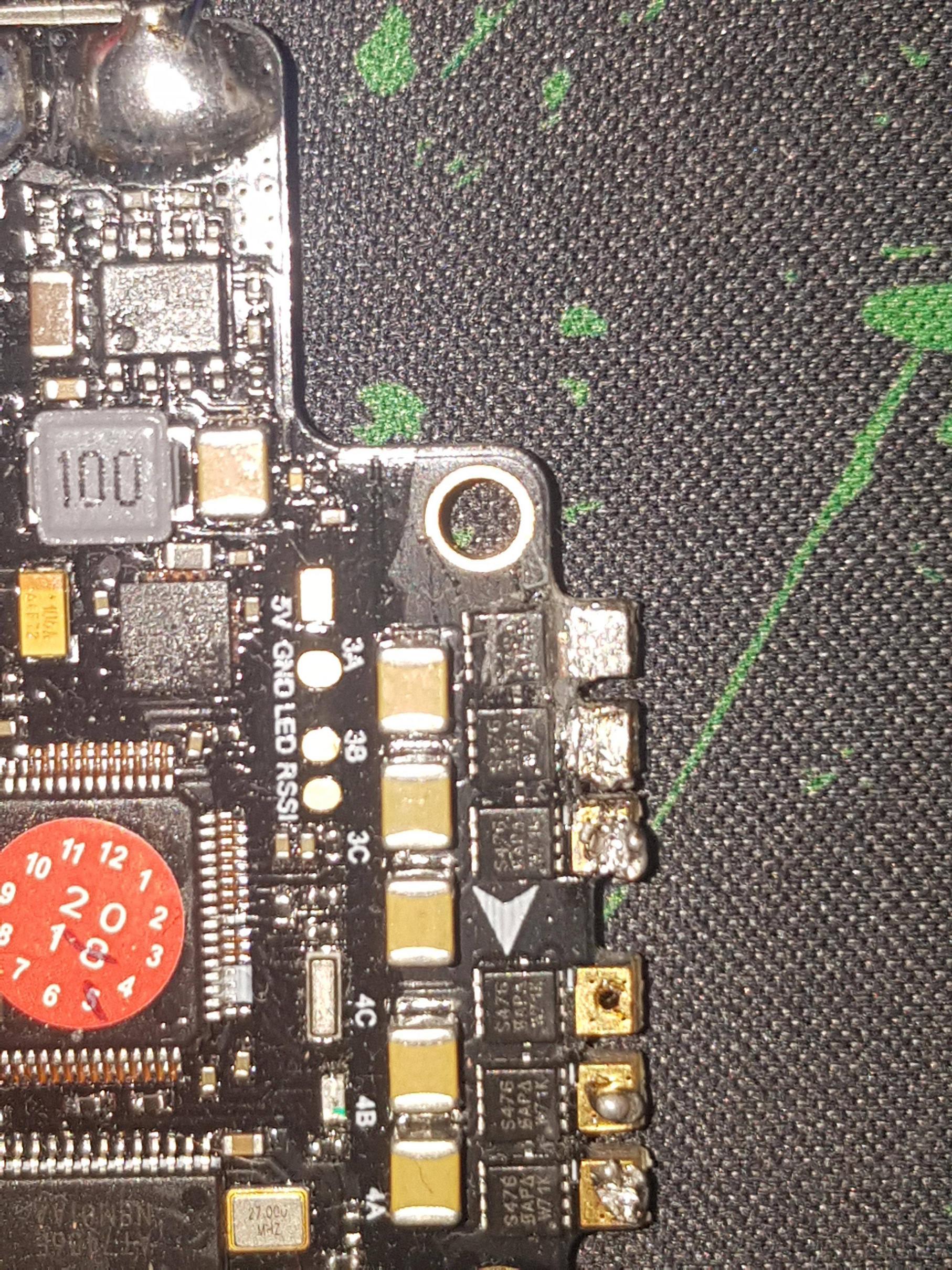Hey hevans and thanks again for your detailed and helpful reply.
Unfortunatly couple hundred are way beyond my budget (poor engineering student lol) as a new controller would probably cost me around 60$ and I can keep mine for replacement.
but I was searching at the Asian market as you mentioned and i actually found the same model on ebay:
https://rover.ebay.com/rover/0/0/0?mpre=https://www.ebay.com/ulk/itm/192833548552
Although it says unbranded specs and model are same as mine, also total price for 5 pcs is quoted for around 10$ which is not bad so I might go with this one. ...
Yeah, at that price I would take the risk, for a buy of a few of them, that they are in fact "the real deal" and will work as advertised. But they are probably "clones," perhaps counterfeits if not licensed to be manufactured by a foreign fab, but not likely not. Wouldn't matter to me, if I were to purchase for hobby use, as long as they worked to specification. Not everything manufactured in China is junk parts with zero quality control, but you can only find that out by trial and error buying.
As a former student at university in the late 1960s and throughout the 1970s I learned to appreciate just how precious a dollar was when it came to purchasing parts for an electronics project. This was before the Internet and eBay, but we were fortunate in our city to have surplus stores that sold military electronics items. If you knew what you wanted, and what equipment contained your part, you could sometimes bargain for an entire chassis just to obtain that one part. Some of the electronics stuff we bought was sold to us by the pound, because the owner didn't realize the value of those itty bitty parts or anything about electronics. So he priced them as he would nuts, bolts and washers.Of course you took whatever else looked useful from your chassis or whatever, but most of the time it was just the one part that was needed. Today, there are much larger and longer threads in the marketplace supply line and much more to choose from. The "old man" had sons, who he sent off to college from the profits of his salvage business. They soon learned about electronics and came home and began sorting parts and placing them in plastic bags for individual sale... for like thirty or forty cents each instead of thirty or forty cents a pound. Still a pretty good bargain most of the time.
Just for some general knowledge and curiosity, did you linked those fets based only for the fact that they are low resistance on the ds junction?
Does it mean it allows more current flow? ...
I ran across that linked page by accident. I was searching for something else, but forget exactly what my search string was and that page popped up. I didn't want to confuse you, but this looked like a reasonable selection to pick from, all the same series from the same manufacturer. That way you get to compare apples to apples and oranges to oranges.
And, yes, I was looking for MOSFETs with very low R
DS(on). This is a parameter that it is absolutely essential to minimize for quadcopter and other battery-operated brushless DC motor applications. Lower R
DS(on) does mean more current flow is allowed. And, just so you know, there is no such thing as a "ds junction" in a MOSFET. There is a parasitic "body diode" present in every MOSFET manufactured, but it is an inescapable consequence of how the MOSFET is made. Suggest you Google this to come up to speed. This body diode is often used in lieu of an external diode to help suppress back emf generated from collapsing magnetic fields in motors.
... And why Vds and Id do not have to be exactly same value? Are those just limits? ...
V
DS(max) and I
D(max) cannot ever be exactly the same value because they are measurements of two different things. V
DS(max) is the
maximum voltage you can apply between the drain and source of a MOSFET without electrical breakdown occurring, leading usually to instant "death" of the device. I
D(max) is the
maximum current you can draw through the drain terminal from the source terminal. This produces heating in the conduction channel equal to I
D2 multiplied by R
DS(on). The MOSFET usually fails slowly as the current approaches the maximum, and may recover and operate normally if the current in the conduction channel is reduced.
I try to avoid operating semiconductor devices close to the their published maximum values for
any parameter. The hassle of replacing a damaged part, and whatever else it took with it to the grave, requires way more time to troubleshoot, find, replace, and test the repair than the cost of the part... usually. I don't want to have to go through that process more than once because the replacement part was in any way marginal in its performance, and itself required replacement. However, "basket cases" either go directly to the re-cycle bin or are returned, un-diagnosed and un-repaired, to the customer.


